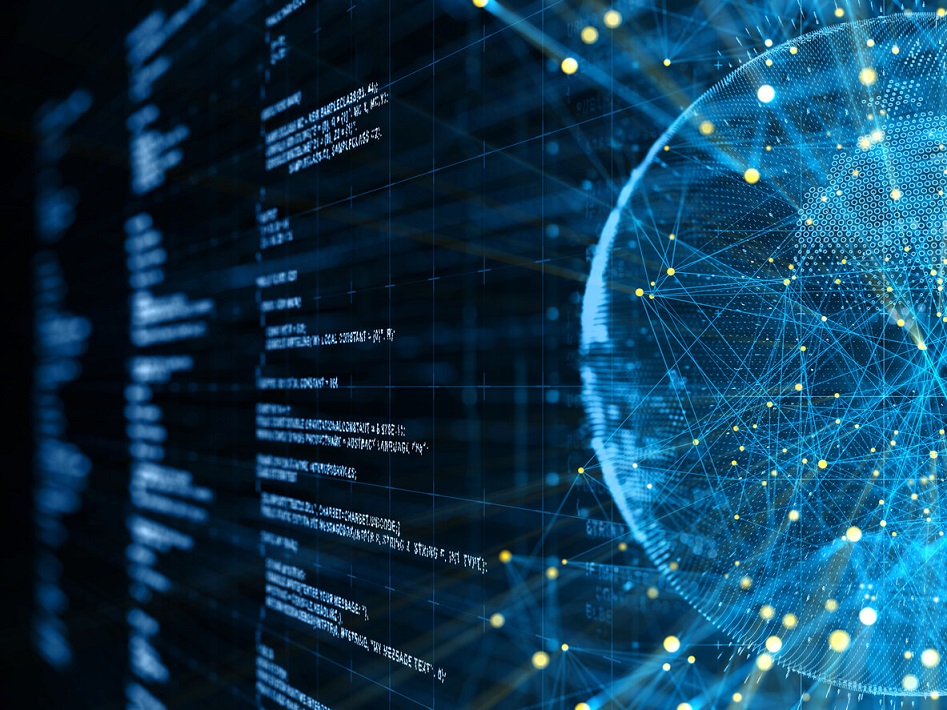When COVID-19 first hit, it wasn’t just our health that was at risk, but also our work routines, livelihood, and daily habits. With more and more people working from home and children attending online classes, the need to keep our network infrastructure strong has never been more pressing. From connecting people to conducting business and gaming, the internet in the age of the pandemic is no longer a luxury, but a basic human right.
Michael Nunoo of Watervliet, New York, is an expert network engineer for a large organization where he is putting all his education to good use. He holds several certifications: Cisco Certified Network Associate, Cisco Certified Network Professional (CCNP) Routing and Switching certification, and AWS Solution Architect Associate and Professional. He also has a specialty in AWS Advanced Network Enterprise. Mr. Nunoo shares his insights into how to keep our network infrastructure strong, despite any challenges that may arise.
The Impact of COVID-19 on Internet Performance
As with every other service, the more you use it, the more it degrades. However, despite the spike in internet usage due to people working from home, internet performance hardly was impacted. At least not in a discernible way that could affect the user experience. Websites continued to load at normal speed and video streaming was more than satisfying.
According to Michael Nunoo, the reason the internet continues to perform well even under so much stress has to do with the network infrastructure as well as the resilience of modern websites and phone apps. Just think of the traffic increase in social media and how streaming services were struggling to cope with the high demand. Yet all of these services withstood the increased traffic and showed little signs of degradation.
Network infrastructure has a lot to thank for this steady performance even in the middle of the pandemic. However, as businesses shut down and more schools were turning to online classes, the pressure on residential networks had increased. As a result, many network administrators and experts predict a slight, if not a steady, degradation that will be felt from time to time.
The Need for Connectivity
If the pandemic has shown us anything, it’s just how dependent our modern life is on the internet. To have a robust network infrastructure is crucial for a modern society to function well and keep providing the various services and amenities we expect. According to the World Bank, there are about one and a half billion children in need of online classes worldwide. Not to mention the millions of employees who have to work from home as well. With social distancing policies in place, many retail businesses are turning to online shopping since in-person purchases are not possible.
What all of this translates to, explains Michael Nunoo, is that we all need a high-speed internet service to connect us to our workplace, online classes for the children, and shopping online with the least risk possible. Only a strong network can rise to the challenge and satisfy the demand of millions of people needing to connect all at the same time.
And it’s countries that don’t have the right network infrastructure that are struggling more than others to cope with the economic and health impacts of the novel coronavirus. At a time when digital health solutions are being deployed to fight Covid-19, populations with limited access to 4G networks will struggle the most.
Digital Infrastructure
One of the biggest challenges facing network engineers is how to keep the digital infrastructure from breaking down. There are a few solutions to that, explains Michael Nunoo. First, we have to increase bandwidth to cope with the increased demand. A robust network infrastructure allows us to balance the load and divert traffic from congested areas to avoid speed degradation or even a complete service failure.
To achieve that, network administrators might have to tweak the network configurations and tap into the extra capacity features of the network. Traffic monitoring and management is another tool that helps network engineers keep the servers running at optimal capacity without overloading a single server or group of servers in a specific residential area.
The way Michael Nunoo sees it, that’s where public utilities come in. These could play an integral part in helping networks cope with increased internet traffic. For the most part, these public utilities have fiber networks, poles, cables, and land rights among other assets that can be a game-changer amid the current crisis caused by COVID-19. This is why many telecom operators are cooperating and sharing resources to cope with high internet usage in congested residential areas.
Michael Nunoo on Coping with the Increase in Demand
While all these efforts have helped networks to cope so far and show minimum signs of degradation, many experts think they aren’t enough. Not when you consider that this new normal could last well into the second half of 2021, if not longer. This is why we have to incorporate the latest technological advances in network infrastructure and fiber optics, like optical distribution frames and flexible cables among others.
The importance of technology and the role it plays in keeping networks running at optimal speed has never been more obvious. Optical distribution frames are a new way to handle plenty of simultaneous fiber connections without compromising the quality of the service or the speed of the connection. They also have a low learning curve, so network engineers won’t have trouble operating and managing this new technology.
According to Michael Nunoo, even network cables are benefiting from the latest technological advances. Flexible cables are easier to install in data centers and provide better connectivity than regular cables. They are also more economical both in terms of costs and space, making them ideal for small or narrow spaces. As the need for internet speed increases, it’s the responsibility of network engineers to keep the networks running smoothly without issues or hiccups.








Add Comment